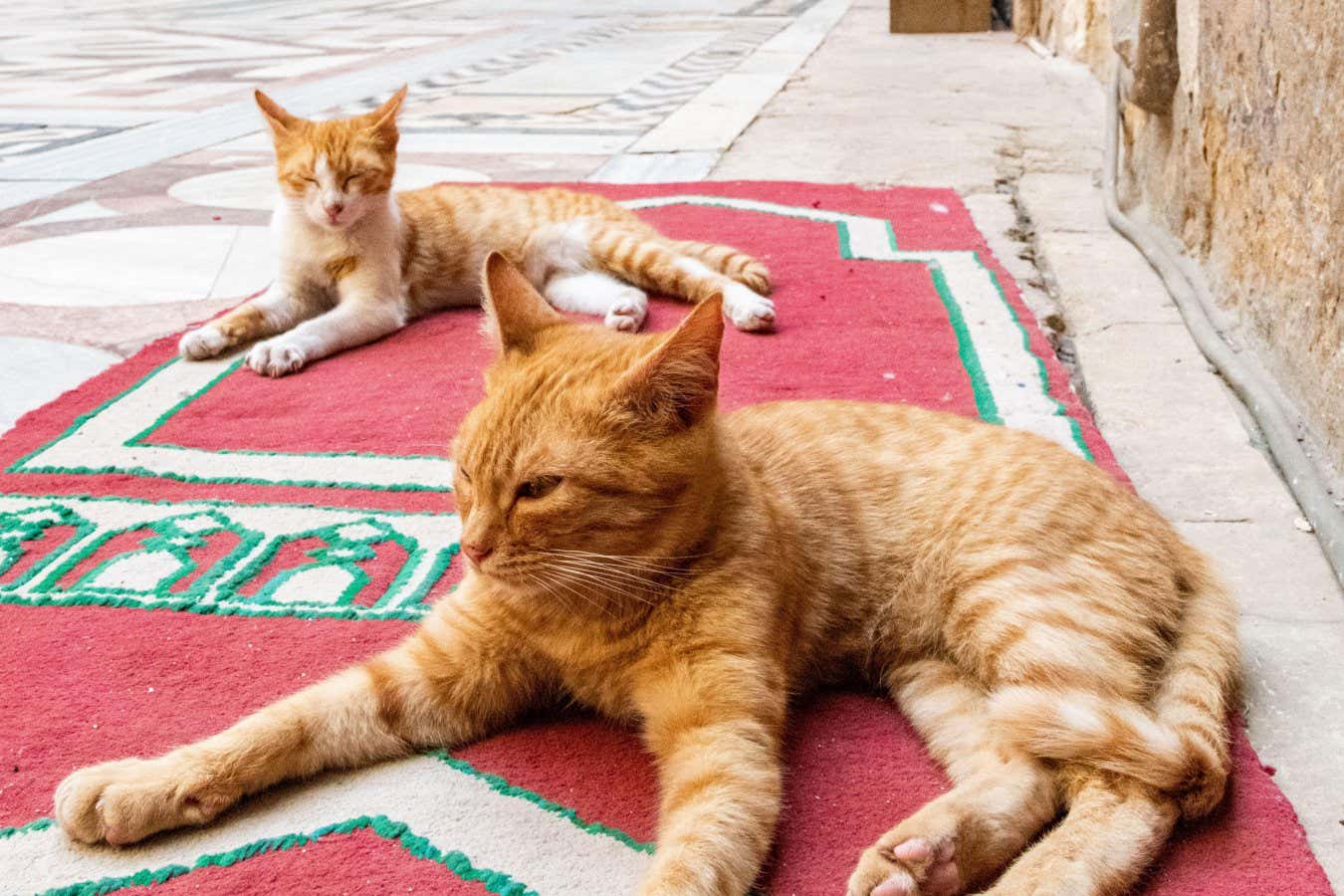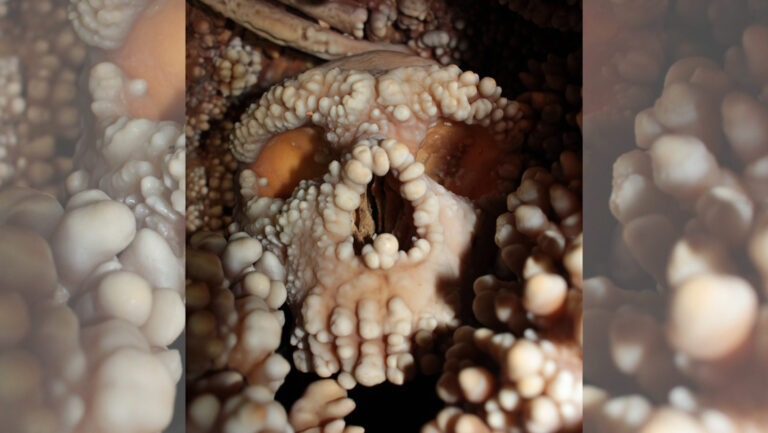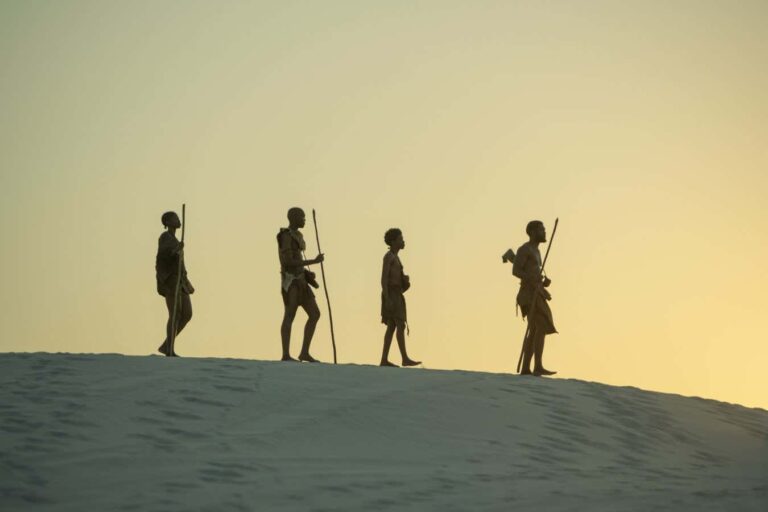

Did these cool creatures pull off the ultimate power play by domesticating themselves?
Eman Kazemi/Alamy
Cat Tales: A history
Jerry D. Moore, Thames & Hudson
Over the course of a weekend, I once saw one of my family’s cats, a Byronic individual named Solomon, maul my sister under the guise of play, throw up on my bedsheets and polish off a goldcrest before my bird-loving father’s eyes. Yet we forgave Solomon, because there is nothing we would begrudge him or his sister. Such is the cognitive dissonance of cat lovers.
House cats (Felis catus) are among the most popular pets in the world. But it is unclear why people sought to domesticate them – if they can be said to have been domesticated at all. How did we come to love them in all their forms, especially when so many species across history have counted humans among their prey?
The roots of that question are ancient, as archaeologist Jerry D. Moore reveals in Cat Tales: A history. Yet more important than that “history” subtitle is a further piece of cover text: “How we learned to live with them”. It isn’t clear whether this is from the perspective of a human or a disaffected house cat; either way, the book is less a study of our feline friends and more a portrait of the evolving relationship between our species.
The story of cats’ domestication goes that, once humans built permanent settlements and stored grain, mice began nibbling at our hard-won supplies, luring in African wild cats (Felis lybica). A beneficial arrangement emerged, in which humans kept their grain and cats scored a free lunch.
Yet, says Moore, the truth is more complex. Domestication typically involves breeding a species for a particular purpose, something that emerged only in the past 100 years or so for cats, as we began desiring particular looks or exotic qualities. Herding is another common reason for domestication, though the old joke about cats comes to mind.
Mutualism is a more helpful lens through which to examine our relationship with cats, argues Moore. Even then, cats tend to be mercurial and aloof, and their mousing abilities are equalled or bettered by other animals – dogs like terriers, for example. In a masterstroke of confidence, cats appear to have appointed themselves to a cushy position in human homes – in other words, they self-domesticated.
Moore draws a clever link between the prominence of big cats in ancient cave art and their centrality in public outreach campaigns by conservation groups. A 2018 study found that big cats were consistently ranked the most charismatic animals.
Moore also positions cats as some of history’s greatest seafarers, travelling with African and Arab navigators along trade routes to Asia and the Mediterranean. Their later voyages aboard European colonial vessels would wreak havoc in places such as Australia and New Zealand, whose fauna fell prey to feral felines.
At times, Moore’s writing trips along splendidly, but there are also circuitous sections that dull the book’s impact. Take an early passage on 20th-century concepts of hominin tool use. It isn’t clear why Moore included it until the end of the chapter, when he argues that portraying ancient humans as supremely capable hunters caused us to downplay the power of ancient cats – as major predators of our ancestors, they shaped how our bodies and brains developed.
The cat-human relationship may have been more diverse than our bond with any other animal, says Moore: “Cats have been agents of terror and subjects of adoration, revered in religious ceremonies and cruelly massacred for entertainment“.
For me, Cat Tales doesn’t contain that much new information, but it is a great round-up of archaeological insights paired with some beautiful photography. Even if cats remain a little mysterious after this book, that’s probably how they like it.
Topics:



